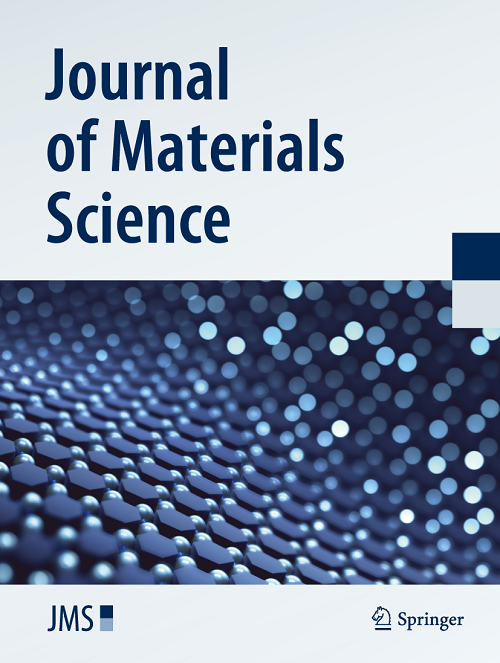Effect of annealing on the hot salt corrosion resistance of the fine-grained titanium α-alloy Ti–2.5Al–2.6Zr obtained via cold rotary swaging
Abstract
A hot salt corrosion (HSC) test was performed on the titanium α-alloy Ti–2.5Al–2.6Zr (Russian industrial alloy PT–7M). The ultrafine-grained (UFG) microstructure in the titanium α-alloy was formed via cold rotary swaging. The grain size and volume fraction of the recrystallized microstructure in the alloy were varied by choosing appropriate annealing temperatures and times. The microstructure and corrosion resistance of UFG alloys were studied after 30 min of annealing at 500–700 °C and after 1000 h of annealing at 250 °C. Metallographic studies were carried out to investigate the effects of annealing on the nature and extent of corrosive damage in the titanium α-alloy Ti–2.5Al–2.6Zr. After HSC tests, surface analyses of the titanium α-alloy samples were conducted using X-ray diffraction and electron microscopy. During the HSC testing of the titanium α-alloy Ti–2.5Al–2.6Zr, a competitive interaction between intergranular corrosion (IGC) and pitting corrosion was observed. To the best of our knowledge, it was shown for the first time that annealing affects the relationship among the IGC, pitting corrosion and uniform corrosion rates of the titanium alloy. Prolonged low-temperature annealing at 250 °C resulted in a more pronounced increase in the uniform corrosion rate than short-term high-temperature annealing for 30 min at 500–700 °C. An in-depth analysis of the effect of the structure and phase composition of the grain boundaries on the susceptibility of the α-alloy Ti–2.5Al–2.6Zr to HSC was conducted.

 求助内容:
求助内容: 应助结果提醒方式:
应助结果提醒方式:


